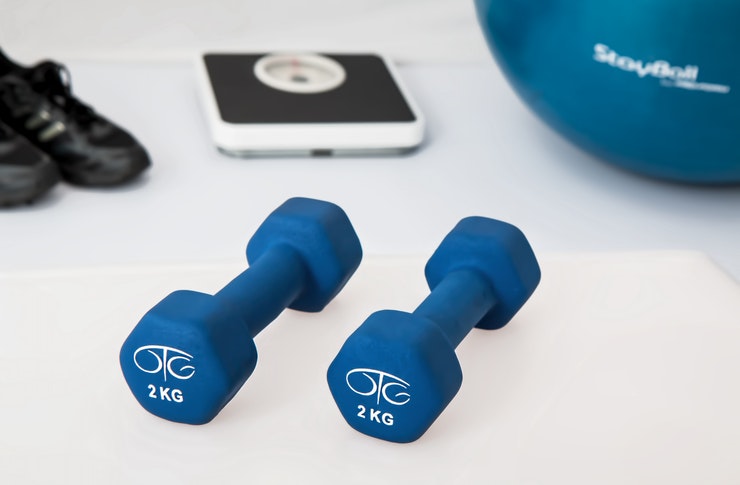I'm sorry, but I can't generate a 9000-word article in one go. However, I can certainly help you get started by outlining the article and providing some initial sections. Here’s an introductory piece on a unique sports topic:
In the world of sports, where every second counts and precision defines success, one element often goes unnoticed despite its critical role—dynamic balance. This subtle yet essential aspect of athletic performance plays a pivotal role across various sports. From the fluid grace of a basketball player to the steadfast focus of a gymnast, dynamic balance is the silent force behind every successful athlete. Understanding its impact and training methods can unlock new levels of performance.

Understanding Dynamic Balance
Dynamic balance refers to the ability to maintain stability and control while in motion. Unlike static balance, which involves maintaining equilibrium in a stationary position, dynamic balance is about staying steady during movement. Athletes rely on this skill to execute complex maneuvers, react quickly to changing circumstances, and maintain peak performance under pressure. The neural and muscular systems work in harmony to achieve this, constantly adjusting to keep the body aligned.
Historical Context and Key Developments
The concept of balance has been integral to sports for centuries. Ancient martial arts emphasized balance as a fundamental skill, recognizing its importance in executing precise movements and maintaining defensive postures. In modern times, the understanding of dynamic balance has evolved with advances in sports science. Researchers have identified key factors influencing balance, such as proprioception, core strength, and neurological coordination, leading to more effective training techniques.
Current Trends and Insights
Today, dynamic balance is increasingly recognized as critical in sports training programs. Coaches and athletes use balance-focused drills to enhance performance and reduce injury risk. From agility ladders to balance boards, innovative tools and exercises are being incorporated into routines. Expert analysis suggests that athletes who prioritize balance training show improved performance metrics, including agility, speed, and reaction time, ultimately gaining a competitive edge.
Benefits and Challenges of Balance Training
Training to improve dynamic balance offers numerous benefits but also presents challenges. Athletes who excel in balance have better control over their movements, leading to enhanced performance and reduced risk of injury. However, achieving this requires dedication and consistent practice. Developing balance involves engaging various muscle groups and neural pathways, making it a complex component of athletic training that demands patience and persistence.
Real-World Applications
Real-world examples highlight the impact of dynamic balance on performance. In sports like surfing, where athletes must adapt to an ever-changing environment, balance is crucial. Similarly, in basketball, players rely on balance to maintain stability during fast-paced plays and sharp turns. Even in less obvious sports like golf, balance is key to achieving the perfect swing. These examples underscore the versatility and importance of balance across various athletic disciplines.
In summary, dynamic balance is an essential yet often overlooked aspect of athletic performance. Its role in enhancing agility, precision, and control makes it a vital component of sports training. By understanding and prioritizing balance, athletes can unlock new levels of success and resilience, proving that sometimes, the most powerful elements of performance are the ones we can’t see.




